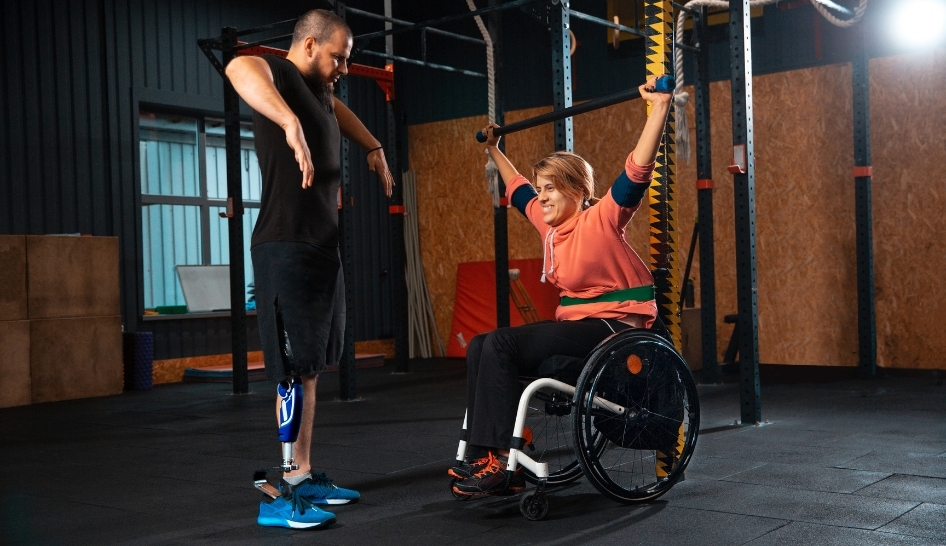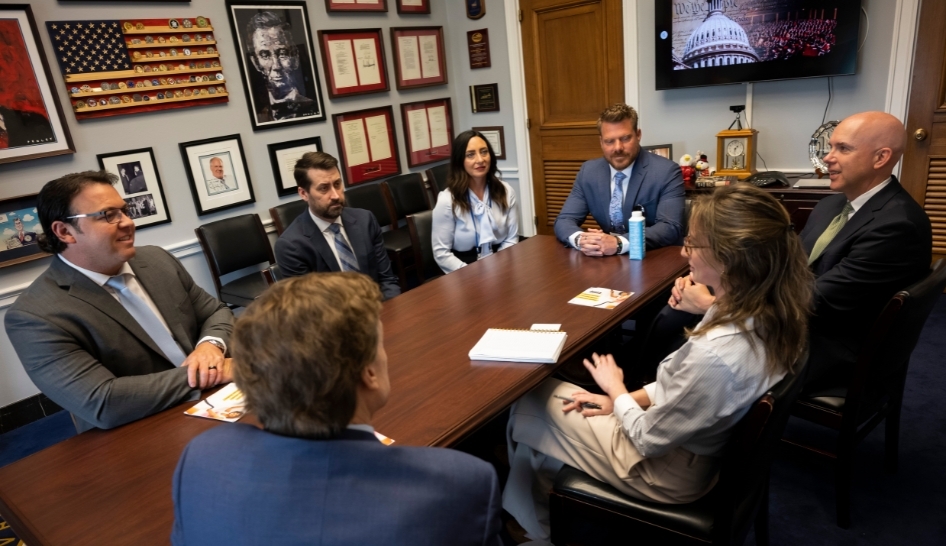Richard Beddie, vice chair of the Global Health & Fitness Alliance (GHFA) Advisory Council, was named to the IHRSA Board of Directors to serve as the representative for the GHFA. As the current CEO of Exercise New Zealand, Richard joins representatives from the National Health & Fitness Alliance and Industry Partner Advisory Council.
A fitness professional since 1995, Richard is a former club owner who sold his last property in 2008. Since then, he’s dedicated his career to expanding the reach of the fitness industry in his home country of New Zealand and in various international organizations, such as the International Confederation of Exercise Professionals.
As a member of the inaugural GHFA, Richard will now lend his voice to the global fitness community on the IHRSA Board.
We recently caught up with Richard to get his views on the challenges ahead for the international health and fitness industry.
CBI: What do you see as big challenges ahead for the GHFA?
Richard Beddie: What was really useful for the GHFA in the last couple of years was the Deloitte report, Economic Health & Societal Well-being: Quantifying the Impact of the Global Health & Fitness Sector. As an industry, we may not be economically large, but we are important to the global economic impact because of the benefits of exercise.
The reality is that COVID showed that our biggest problem is that we are not recognized as part of the healthcare continuum. We were seen as a provider of recreational services and, in the worst case, treated the same as bars and restaurants. Moving forward, the GHFA needs to be clear that we need to invest to get positive outcomes for us globally.
CBI: Considering the differences among the nations you represent, how does the industry become a more active part of the healthcare continuum?
RB: For many years, the industry was predominantly driven by body transformation. There’s nothing wrong with that—I always say it still has its place—but now we need to show the health sector that we have a common standard.


